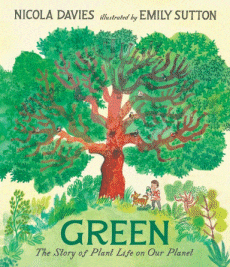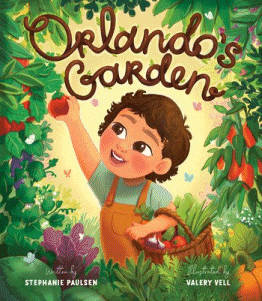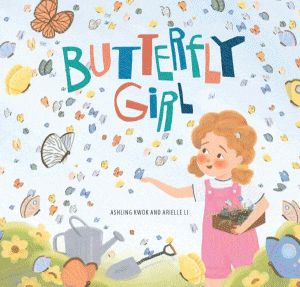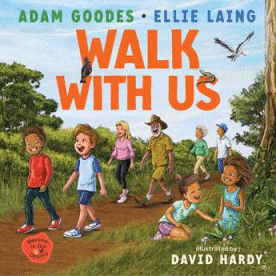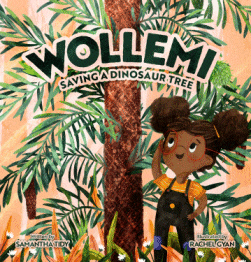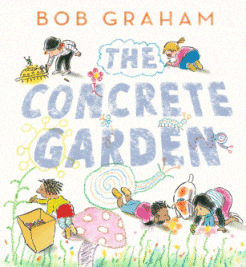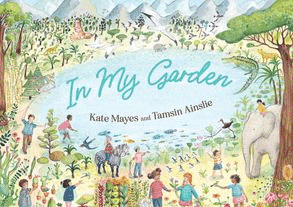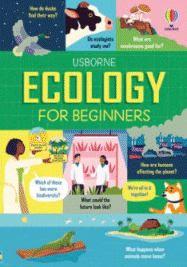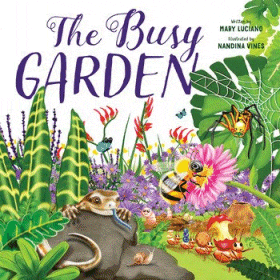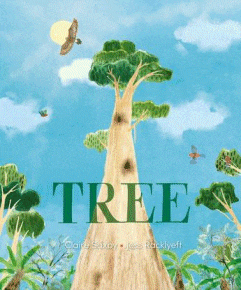
Tree
Tree
Claire Saxby
Jess Racklyeft
A & U Children, 2024
28pp., hbk., RRP $A24.99
9781761069505
On a misty mountain morning, just like the one outside my window this morning, the tree stands tall in the forest, high above those that surround it , “older than those who find it, younger than the land it grows from.”
From its roots that gather food and the tiny, feathery threads that connect it to other trees to the tips of it top leaves that reach for the sun and give dappled shade from it, the tree brims with life – both its own and those who seek shelter and food from it.
Known as “the forest giant” as they can soar to a height of more than 100 metres, and sometimes living up to 300 years old, this is the story of a mountain ash – Eucalyptus regnans – native to the forests of Tasmania and Victoria, born from a seed the size of a pinhead but uniquely designed to be able to push its way through the ash of a bushfire and begin its rapid growth that helps regenerate the scorched land below.
Just like Iceberg this is another incredible offering from this team of author and illustrator, one that brings to life the life of something so ordinary yet extraordinary in words and pictures (including an amazing three-page spread) in a way that should be used as a role model for students tasked with research-and-report writing. Compare “In the layered litter, a a scaly thrush flicks. A lyrebird scritch-scratches. Slaters curl, beetles burrow and centipedes scurry.” to something like “At the bottom of the tree lots of birds and animals live among the dropped leaves and twigs.” It is the lyricism of Saxby’s language that shines through in all her books and in this case, Racklyeft’s watercolour illustrations put the reader right in with those little inhabitants.
But whether the tree is a magnificent mountain ash, or a humble backyard specimen, this is one that will spark awareness of the value that any tree adds to both the landscape and life itself, and thus needs protection rather than destruction.
